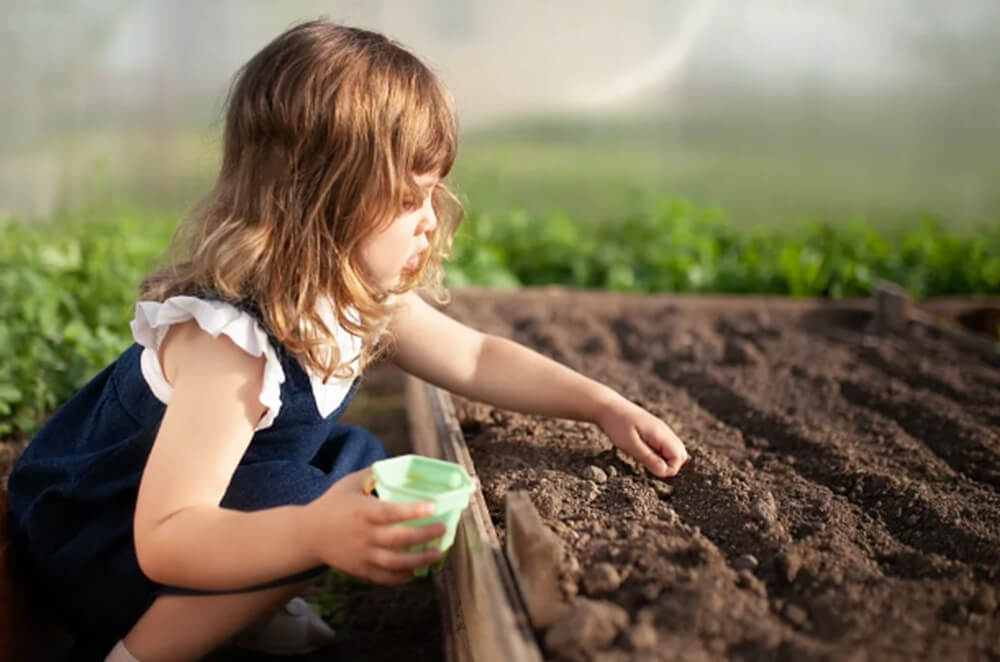
International Soil Conservation Day: Why we need healthy soils
Fecha: 12/07/2023
Being environmentally aware can seem daunting sometimes, as there are so many areas of nature impacted by human activity; even the less obvious ones, like the soil. We often worry about climate change, or about polluting our water sources and protecting biodiversity in rainforests –but we are less likely to stop and think about the health of our planet’s soil.
Not Dr. Hugh Hammond Bennett, though. This American researcher dedicated his life to caring for and making soil more productive, and ensuring its integrity to maintain the balance of the environment. That’s why International Soil Conservation Day is celebrated every year in his honor.
Healthy soil is an essential aspect of all our environmental concerns: it can help mitigate climate change, maintain water quality and preserve biodiversity.
Quality soil means quality water: Soil acts as a natural filter, removing pollutants and impurities from water as it percolates through the soil layers. But when the soil is eroded or polluted, sediments and contaminants can be carried into rivers, lakes, and other water bodies.
Great for carbon storage: Healthy soils are a truly important resource to combat climate change. Like oceans, soils act as carbon sinks, storing carbon dioxide from the atmosphere and helping to reduce greenhouse gas emissions.
A home for the little guys: Bacteria, fungi, insects, worms, and other microorganisms all live in soil and help to keep it healthy and thriving. They contribute to soil fertility, nutrient cycling, and overall ecosystem health.
Agroecology and Soil Conservation
Reforestation and afforestation (the establishment of a forest or stand of trees in an area where there was no recent tree cover) are excellent soil conservation measures that promote healthy soils and can help combat desertification –this is when fertile land becomes dryland as a result of human activity, climate change or other factors.
Desertification is only one threat to healthy soils; there’s also acidification, which happens when acidic pollutants are deposited into the soil, and erosion and soil compaction. That’s why environmental regulations, proper waste management and the implementation of soil conservation techniques are so important.
Sustainable farming is essential to keep soil healthy. We need soil for food, fiber, fuel and so much more, but intensive farming only degrades the soil and depletes its nutrients, making it less fertile. That’s where agroecology comes in: it means applying ecological concepts and principals in farming.
Latin America, where some of the world’s largest farmland reserves are found, has been successfully implementing agroecology measures and regulations for some time. Countries like Cuba, Bolivia and Ecuador have developed the legal framework for this type of farming, and in countries like Argentina, Colombia and Peru, small and indigenous farmers have been using agroecology principles to get the best out of their lands, in the most sustainable ways.
